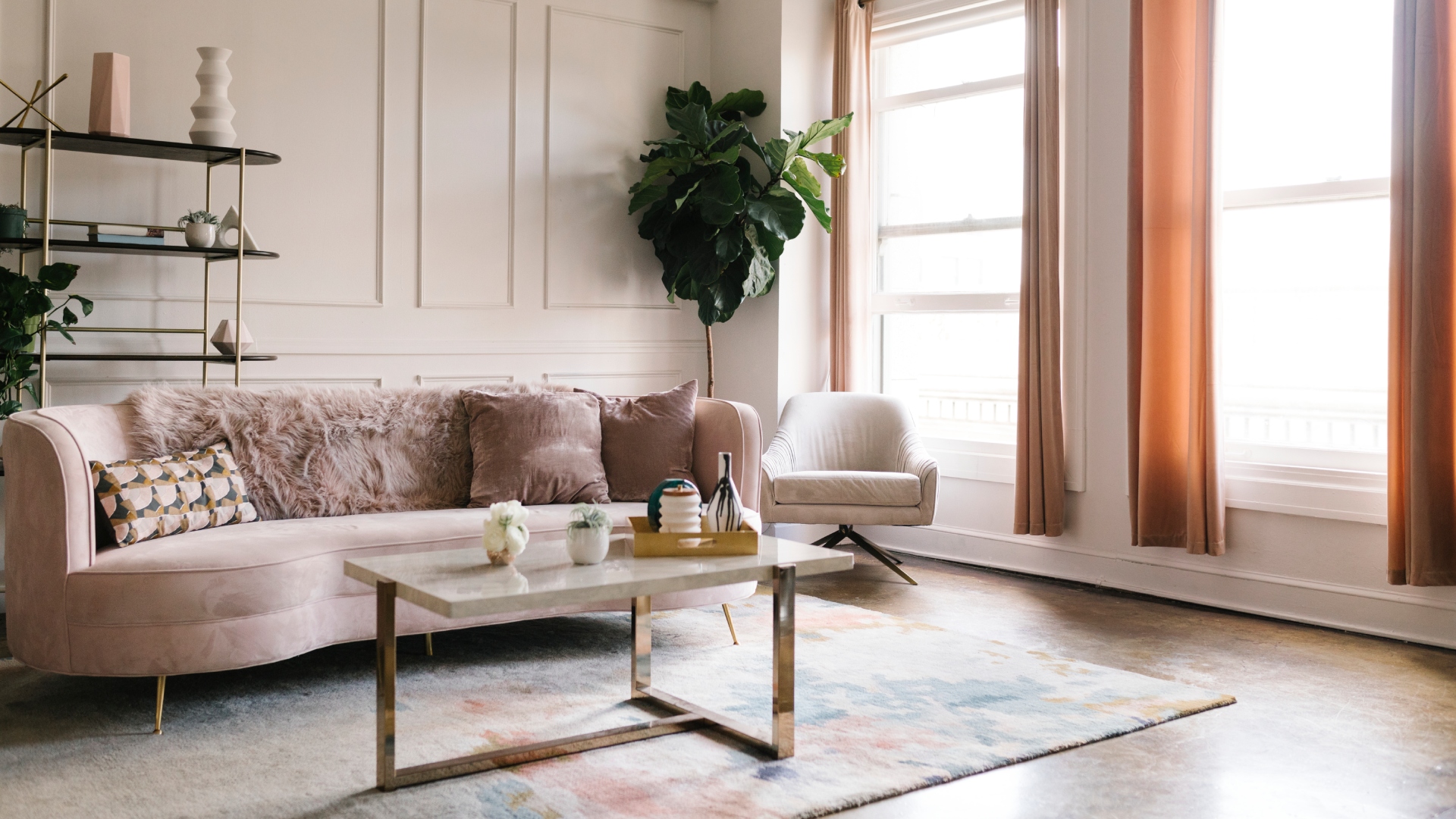When decorating your living room, you have complete freedom – and thankfully so, because your home should first and foremost reflect your personality. However, if you want a harmonious space, certain mistakes are so common that experts prefer to avoid them at all costs. Here are their recommendations – no obligation.
Overloading the space
The first mistake that professionals avoid like dust behind a sofa is clutter. You know, that irresistible temptation to display everything because each object has its own story or because you love a cozy, inviting atmosphere. The intention is good, but the effect can quickly become overwhelming. Experts remind us that "a cluttered space visually overwhelms the room, blocks the eye, and makes movement difficult."
The idea isn't to live in an extremely minimalist setting, but to let your interior breathe. A few carefully chosen statement pieces often have more impact than a multitude of accumulated objects. Multifunctional furniture is invaluable: it optimizes and structures without being overwhelming. Minimalism isn't an obligation, but a tool to showcase what you truly love.
Neglected lighting
Next comes one of the most insidious traps: poorly designed lighting. You can own the most beautiful sofa or the most stylish coffee table, but if the lighting isn't right, the whole look instantly loses its charm. Cold light that makes skin look yellow, unwanted shadows, or a room that's too dark can ruin everything.
Interior designers recommend thinking of your lighting as a stage set. A main light source for balance, accent lamps to create depth, and a few soft lights to warm the atmosphere. A simple warm bulb can sometimes transform a stark room into a welcoming haven. Lighting is, in a way, the makeup of your interior: subtle, well-balanced, and capable of changing everything.
Disproportionate furniture
Another common mistake is choosing furniture that doesn't match the room's dimensions. An oversized sofa in a small living room, or conversely, a tiny piece of furniture in a large room, immediately creates a visual imbalance.
Experts emphasize a simple yet crucial step: measuring. In the excitement of the store, we often forget what actually works at home. The goal is to maintain a smooth flow of movement, respect the existing space, and harmonize proportions. Your room should allow you to move freely and breathe, while also showcasing your furniture.
Mixing colors and materials without any coherence
Mismatched colors and materials can also ruin an atmosphere. Of course, you can do what you want in your home, and if you love bold combinations, nothing's stopping you. However, when hues and textures clash without any apparent logic, the effect can become confusing.
Interior designers recommend defining a cohesive palette composed of a few key shades. In terms of materials, harmony creates a sense of unity: wood blends well with matte metal, and soft textiles balance more luxurious materials like marble. The goal isn't to avoid contrasts, but to orchestrate them intentionally.
What the experts say: simplicity, intention, and freedom
To illustrate these recommendations, professional decorator Mélyssa Robert points out that the success of an interior lies less in accumulating items than in highlighting good pieces. According to her, the key is "to have an overall vision before decorating, thinking about functionality as much as aesthetics."
In short, avoiding clutter, carefully planning your lighting, respecting proportions, and harmonizing colors can transform a living room into a restorative, welcoming, and elegant space. Decorating, however, remains first and foremost a personal journey. You are the only one qualified to decide what makes your home resonate with you. Expert recommendations are there only to guide you, never to dictate your style.

